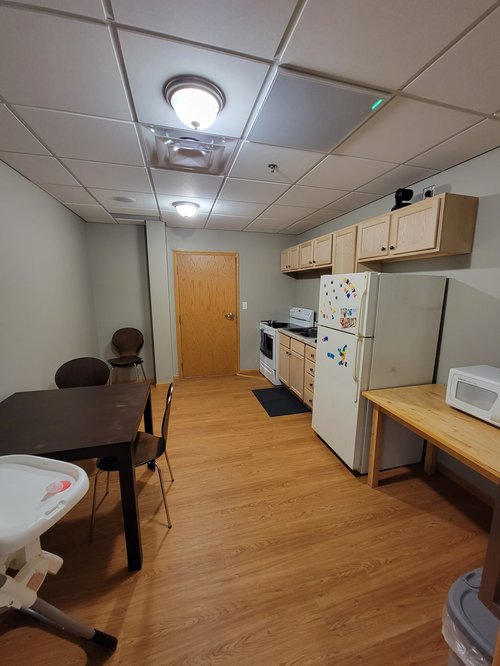September 15th, 2022 Using Simulation to Enhance Child Welfare Training
4 min read
Simulation is an exciting and fast-developing practice that can be used to greatly enhance child welfare training. At the Minnesota Child Welfare Training Academy (MNCWTA), our curriculum development team has been working in collaboration with Kurt Hattenberger, our simulation specialist, to develop simulation into our training curriculum. We spoke with Kurt to learn more about his work and his vision for simulation as a key part of child welfare training at MNCWTA.
What is simulation?
Simulation is any structured opportunity for a learner to show transfer of learning and apply the skills that they have been taught under controlled conditions. As a training tool, simulation was first introduced in the medical field as a way for future medical providers to practice applying both medical knowledge and soft social skills while interacting with patients. It became a highly useful tool and is now being used in many other fields, including child welfare and social work.
How can simulation enhance child welfare training?
Translating theory into practice is a big challenge in child welfare training. Learners usually observe other professionals in the field, but simulation offers a way to practice and observe skills before ever meeting with a real family. The controlled, safe environment of a simulation allows students to take risks without fear of real harm, and this allows for very effective learning and transfer of skills into practice.
How is your team planning to incorporate simulation into the training process?
We are currently discussing that right now. Our goal is to incorporate simulation into every training we offer, even if it plays a small role. Simulation can be as simple as role play between learners, or as complex as bringing in actors to create an immersive experience for the learner. Especially for the specialty training courses we offer, a larger portion of the course being in simulation can be the best way to solidify key concepts.
What are some challenges of building simulation into training?
Simulation is a very new field, especially in child welfare and social work, so literature on the topic is sparse. This means that we are often building simulation curriculum from the ground up and that requires a lot of research and behind the scenes work before we can even pilot a simulation. There are also a lot of logistics to navigate when incorporating simulation into training. Hiring and scheduling actors within existing training periods, fitting simulations into the precious little time we have in training as it is - it can be very complex!
What is virtual reality (VR) and how can it be incorporated into training?
VR is an even newer technology in simulation and it has changed so much in the last 5 years. In a VR environment, the learner wears an audio/visual headset and is fully immersed in a virtual space where we have full control over the scenario they are working their way through without needing any actors or a simulation room. We are just beginning to explore how VR could play a role in child welfare training through a lot of research and exploring how other job fields are using it as a training tool. From what I’ve found, we could potentially use VR as a tool for decision-making tree where the learner could see how different decisions they make in an interaction could change the outcome of said interaction. It offers the opportunity for the learner to take risks and fail without any hard consequences, and it may be a more comfortable first step for some learners who would be nervous to jump right into a physical simulation environment with actors.
What are you most excited about in terms of your work on simulation?
Getting started! We have been doing so much research and preparation work and we are finally getting ready to start piloting some simulations in a few months. It will be so exciting to see our hard work come to fruition for the learners who will participate in these simulations.
Simulation spaces at MNCWTA
When the new MNCWTA Metro Training Center was constructed, several rooms were designed specifically for state-of-the-art simulations in settings which child welfare workers will commonly work with clients. There are two home environments with a living room and a kitchen that will be ideal for case work scenarios. There are also two office environments with desks and other office furniture that will be ideal for supervisor training where they can practice management and conflict resolution skills (all pictured below). Each room is equipped with 2 movable cameras and an intercom system. The facilitator and any spectators can see and hear everything happening in the room, and can also communicate with the learner in the simulation through the intercom. This setup makes it possible for trainers to conduct both individual and group simulations, where the learners work together as a team and can tap in or out of the scenario. The MNCWTA team is also building an inventory of toys and decor pieces that are designed to be interchangeable based on the specific scenario happening in the simulation.

Home environment (kitchen)

Home environment (living room)

Office environment
A huge thank you to Kurt and the rest of the curriculum team for all of their incredible work! We are so excited to see simulations incorporated into child welfare training here at the Academy.